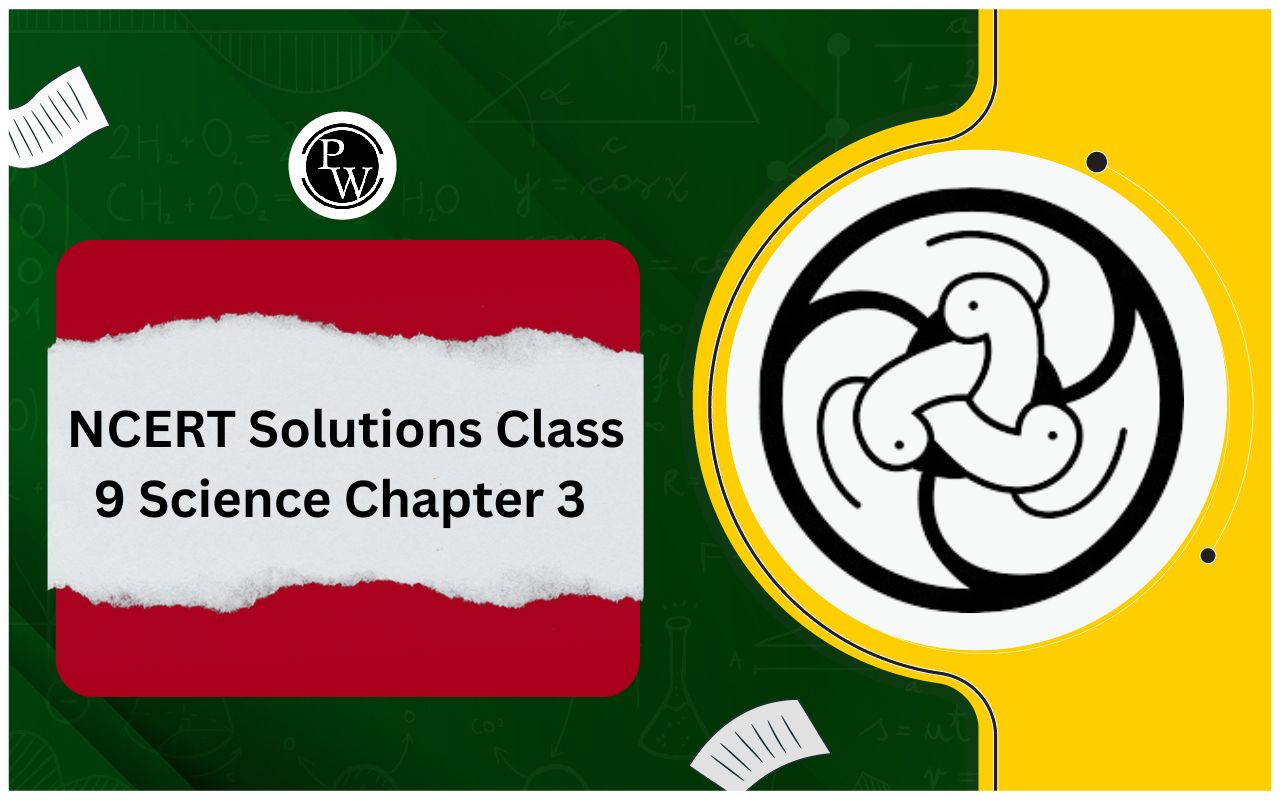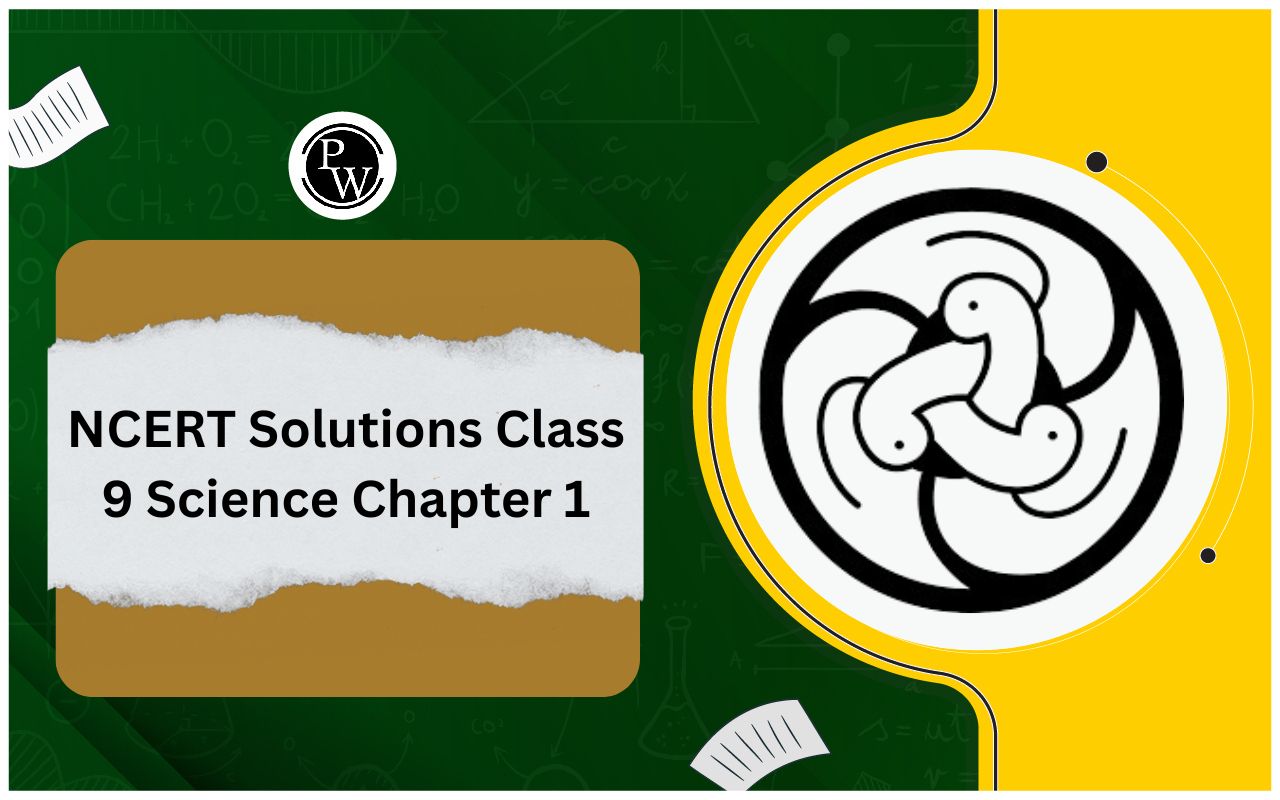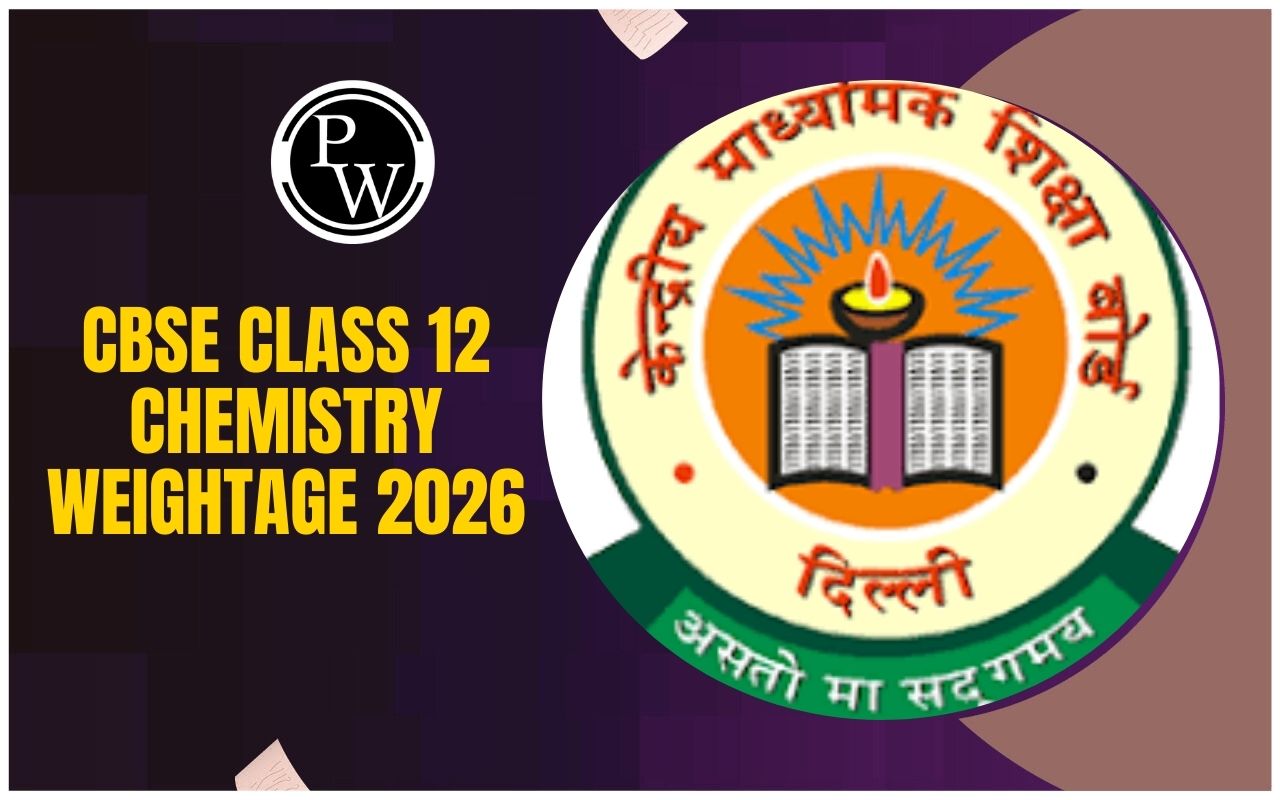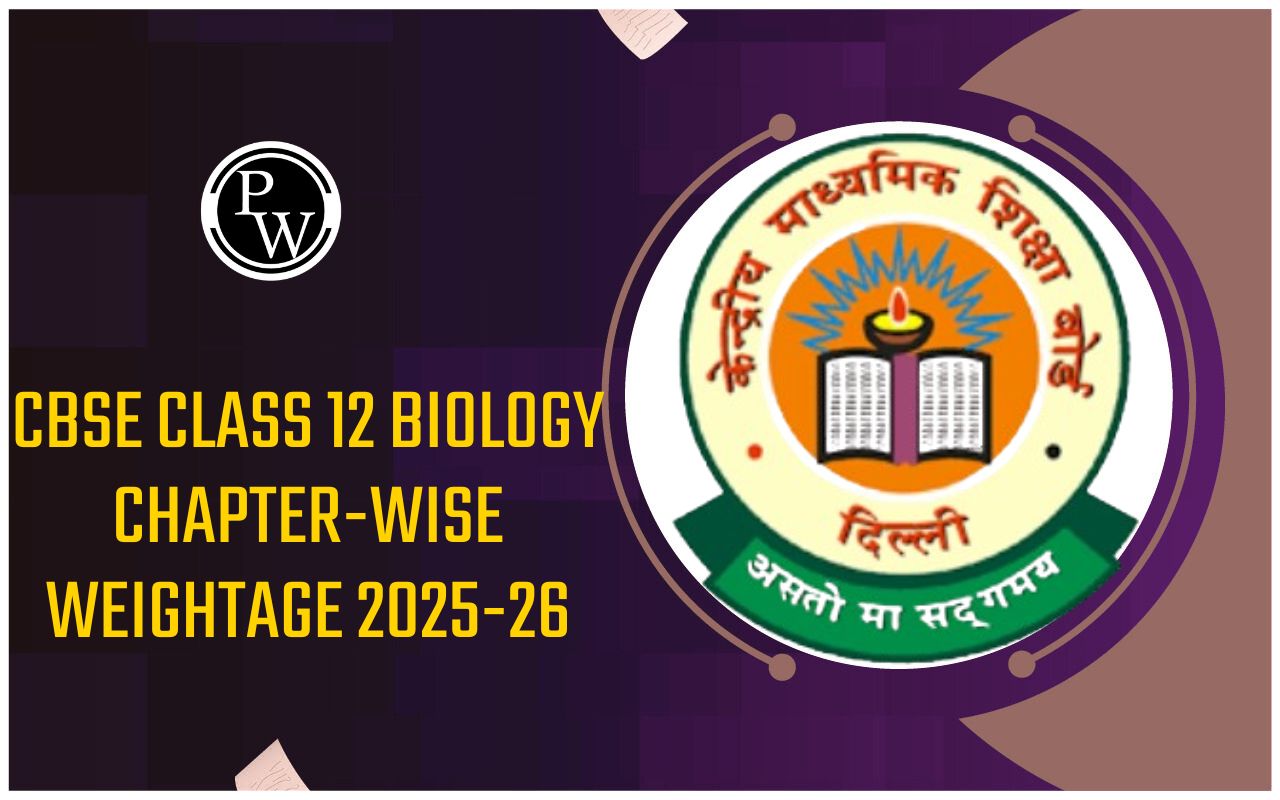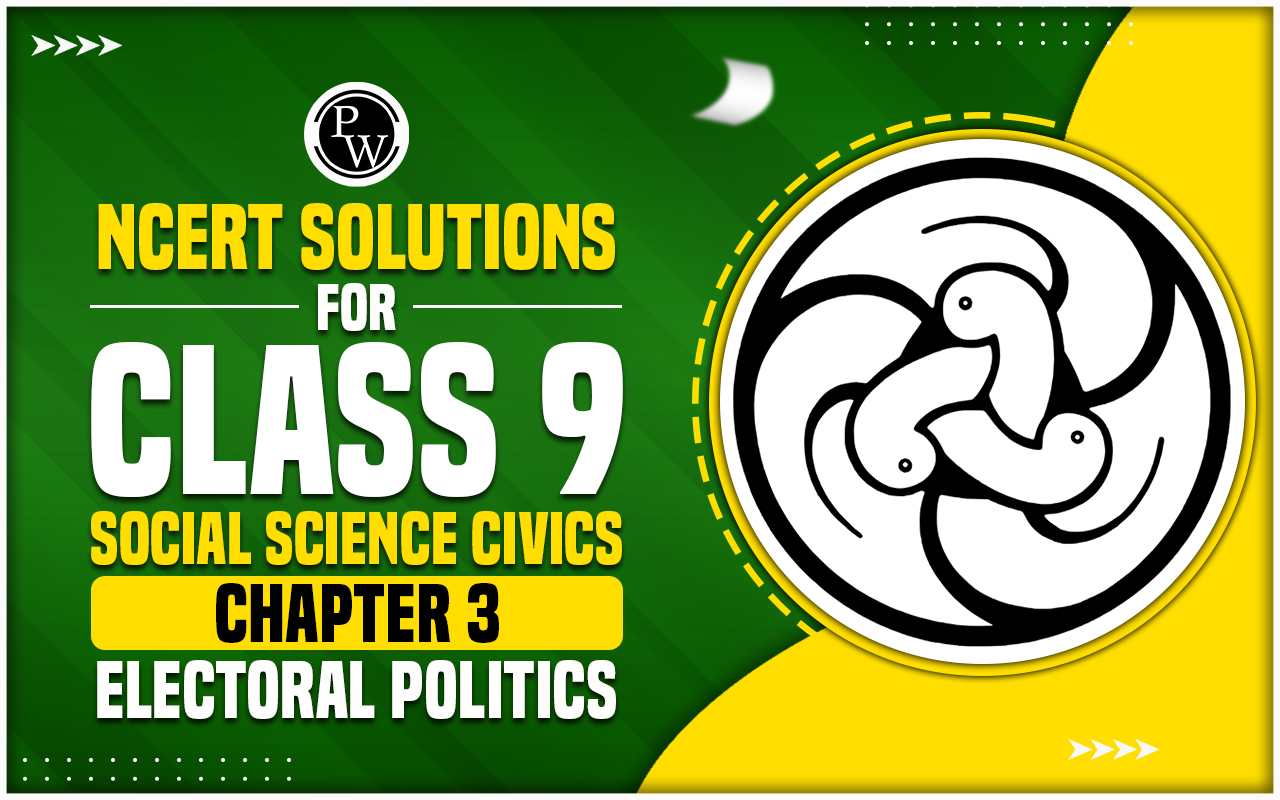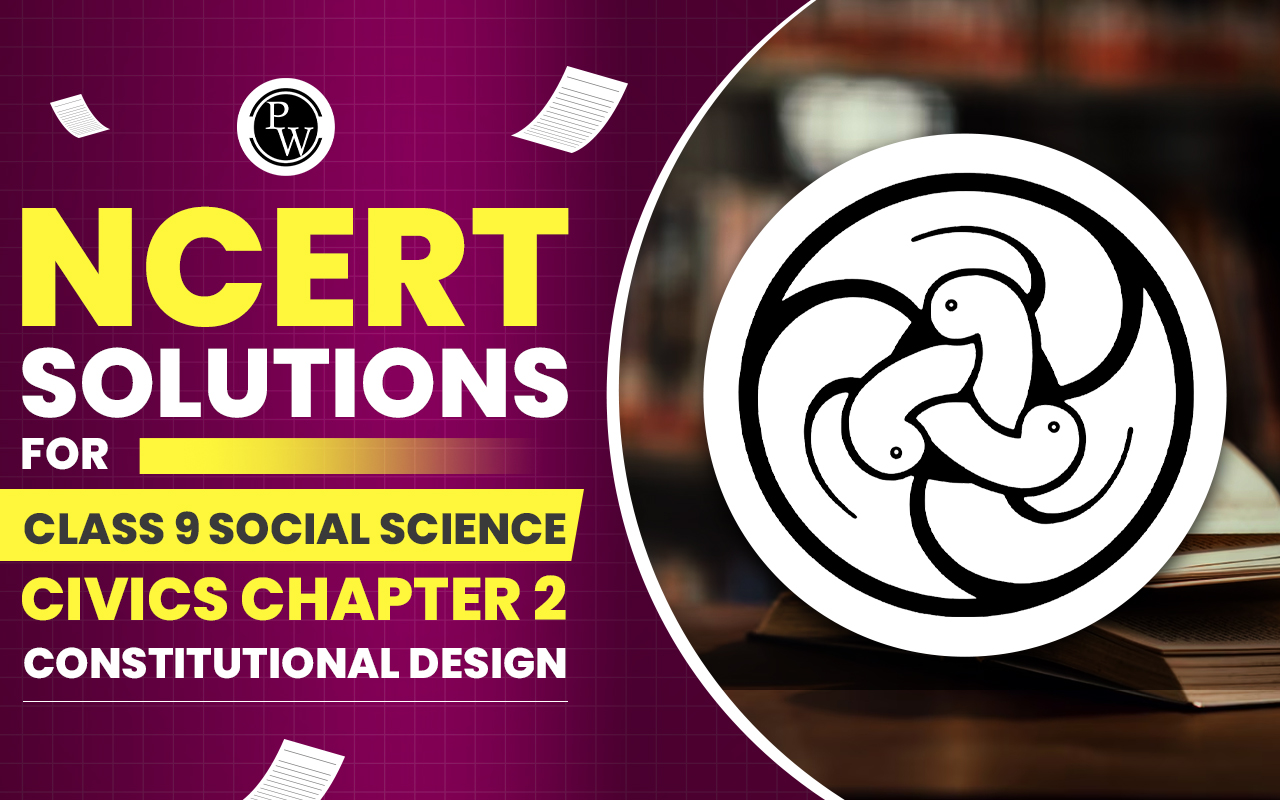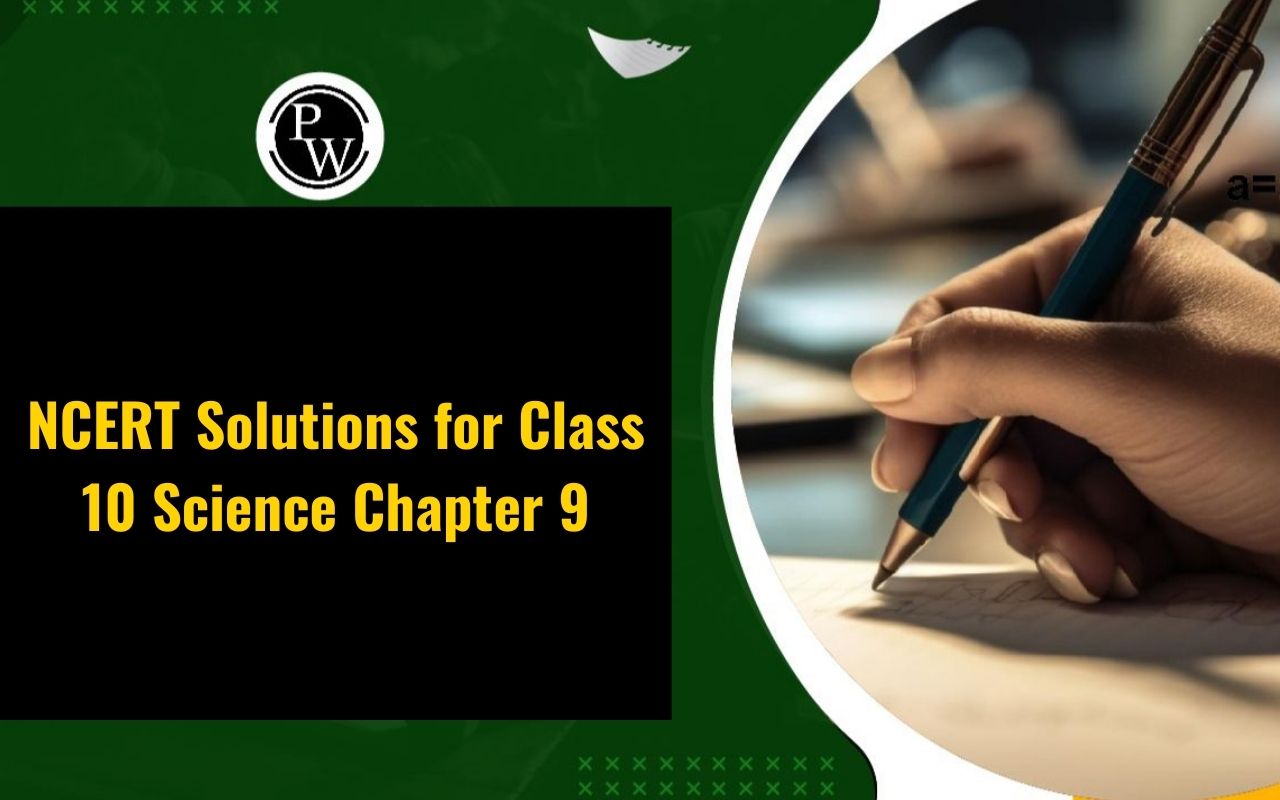
CBSE Class 10 Science Syllabus 2023-24: The CBSE Class 10 Science Syllabus 2023-24 for the current academic session is published in full here. The most recent CBSE Class 10 Science Syllabus 2023-24 is structured on five general topics: Materials, The World of Living Things, How Things Work, Natural Phenomena, and Natural Resources.
The CBSE Class 10 Science Syllabus 2023-24 was decreased by 30% for the previous academic session, and the same deletion would be maintained for the current academic session. As a result, the eliminated elements of the curriculum will not be assessed in AY 2023-24. Check out the link below to learn about the removed CBSE Class 10 Science Syllabus 2023-24, as well as to see and download the entire CBSE Class 10 Science syllabus from this post.CBSE Class 10 Syllabus 2023-24
CBSE 10th Science Syllabus 2023-24
Science is the most important subject in your class 10th CBSE Board, and it includes concepts from Physics, Chemistry, and Biology. Students need to understand the CBSE Class 10 Science Syllabus 2023-24 properly since it allows them to plan their board exam preparations in the most efficient way possible. Food, Materials, The World of Living, How things operate, Moving things, People and Ideas, Natural Phenomena, and Natural Resources are among the topics covered in Biology, Chemistry, and Physics. The CBSE Class 10 Science Syllabus 2023-24 was established to instil and develop scientific abilities in students, which would help in the application of scientific information for the welfare of society. Learning about science in detail helps youngsters develop well-defined talents in cognitive, emotional, and psychomotor domains. It fosters an inquisitive, creative, objective, and aesthetic mindset.CBSE Class 10 Maths Syllabus 2023-24
CBSE Class 10 Science Syllabus 2023-24 Marks Distribution
The CBSE board's subject-wise curriculum for class 10 students has been officially announced at www.cbseacademic.nic.in, and it has been updated below. This academic year's CBSE Class 10 Science Syllabus 2023-24 has 5 units; the unit titles and related marks for each unit are shown below.| CBSE Class 10 Science Syllabus 2023-24 | ||
| Units | Units | Marks |
| I | Chemical Substances-Nature and Behaviour | 25 |
| II | World of the Living | 25 |
| III | Natural Phenomena | 12 |
| IV | Effects of Current | 13 |
| V | Natural Resources | 05 |
| Total | 80 | |
| Internal Assessment | 20 | |
| Grand Total | 100 | |
CBSE Class 10 Science Syllabus 2023-24 Chapter-wise
According to the official PDF announcement, which was just issued at www.cbseacademic.nic.in, each unit consists of a few chapters, and students may learn about the weightage of chapters by using the CBSE Class 10 Science Syllabus 2023-24 while taking their final board examinations. Take a look at the CBSE Class 10 Science Syllabus 2023-24, which is organised by chapter.| CBSE Class 10 Science Syllabus 2023-24 Chapter-wise | ||
| Chapter | Topics | Marks |
| Electricity | Effects of Current Electric current, potential difference and electric current. Ohm’s law; resistance, resistivity, factors on which the resistance of a conductor depends. A series combination of resistors, a parallel combination of resistors and its applications in daily life. Heating effect of electric current and its applications in daily life. Electric power, Interrelation between P, V, I and R. | 7 |
| Light Reflection and Refraction | Natural phenomena Reflection of light by curved surfaces; Images formed by spherical mirrors, the centre of curvature, principal axis, principal focus, focal length, mirror formula (Derivation not required), magnification. Refraction; Laws of refraction, refractive index. Refraction of light by spherical lens; Image formed by spherical lenses; Lens formula (Derivation not required); Magnification. Power of a lens. | 7 |
| Acids, Bases and Salts | Their definitions in terms of furnishing of H+ AND OH- ions, General properties, examples and uses, the concept of pH scale (Definition relating to logarithm not required), the importance of pH in everyday life; preparation and uses of Sodium Hydroxide, Bleaching powder, Baking soda, washing soda and Plaster of Paris. | 6 |
| Metals and Non-metals | Properties of metals and non-metals; Reactivity series; Formation and properties of ionic compounds; Basic metallurgical processes; Corrosion and its prevention. | 6 |
| Life Processes | ‘Living Being’. The basic concept of nutrition, respiration, transport and excretion in plants and animals. | 6 |
| Magnetic Effects of Electric Current | Magnetic field, field lines, field due to a current carrying conductor, field due to current carrying coil or solenoid; Force on a current carrying conductor, Fleming’s Left-hand rule, Electric motor, Electromagnetic induction. Induced potential difference, Induced current. Fleming’s right-hand rule, electric generator, direct current. Alternating current: frequency of AC. Advantage of AC over DC. Domestic electric current. | 6 |
| Carbon and its Compounds | Covalent bonding in carbon compounds. Versatile nature of carbon. Homologous series. Nomenclature of carbon compounds containing functional groups(halogens, alcohol, ketones, aldehydes, alkanes and alkynes), the difference between saturated hydrocarbons and unsaturated hydrocarbons. Chemical properties of carbon compounds(combustion, oxidation, addition and substitution reaction). Ethanol and Ethanoic acid (only properties and uses(, soaps and detergents. | 6 |
| Heredity and Evolution | Heredity; Mendel’s contribution – Laws for inheritance of traits: Sex determination: brief introduction; Basic concepts of evolution. | 6 |
| Control and Coordination | Tropic movements in plants; Introduction of plant hormones; Control and coordination in animals; Nervous system; Voluntary, involuntary and reflex action; Chemical coordination; animal hormones. | 5 |
| How do Organisms Reproduce | Reproduction in animals and plants (asexual and sexual) reproductive health needs and methods of family planning. Safe sex vs HIV/AIDS. Childbearing and women’s health. | 5 |
| Human Eye and the Colourful World | Functioning of a lens in the human eye, defects of vision and their corrections, and applications of spherical mirrors and lenses. Refraction of light through a prism, dispersion of light, scattering of light, applications in daily life. | 5 |
| Chemical Reaction and Equations | Chemical equation, Balanced chemical equation, Implication of a balanced chemical equation, types of chemical reactions: combination, decomposition, displacement, double displacement, precipitation, neutralization, oxidation and reduction. | 4 |
| Periodic Classification of Elements | Need for classification, early attempts at classification of elements (Dobereiner’s Triads, Newland’s Law of Octaves, Mendeleev’s periodic table), Modern periodic table, gradation in properties, valency, atomic number, metallic and non-metallic properties. | 3 |
| Sources of Energy | Different forms of energy, conventional and non-conventional sources of energy: Fossil fuels, solar energy; biogas; wind, water and tidal energy; Nuclear energy: Renewable versus non-renewable sources of energy. | 3 |
| Sustainable Management of Natural Resources | Conservation and judicious use of natural resources. Forest and wildlife; Coal and Petroleum conservation. Examples of people’s participation in the conservation of natural resources. Big dams: advantages and limitations; alternatives, if any. Water harvesting. Sustainability of natural resources. | 3 |
| Our Environment | Eco-system, environmental problems, ozone depletion, waste production and their solutions. Biodegradable and non – non-biodegradable substances. | 2 |
| Total | 80 Marks | |
CBSE Class 10 Science Syllabus 2023-24 Practical List
As part of the CBSE Class 10 Science Syllabus 2023-24, 14 practicals have been prescribed. The CBSE Class 10 Science Practicals are shown in the table below.| CBSE Class 10 Science Syllabus 2023-24 Practical List | |
| S.No. | Experiment |
| 1. | Finding the pH of the following samples by using pH paper/universal indicator: Dilute Hydrochloric Acid Dilute NaOH Solution Dilute Ethanoic Acid Solution Lemon Juice Water Dilute Hydrogen Carbonate Solution |
| Studying the properties of acids and bases (HCl & NaOH) based on their reaction with Litmus Solution (Blue/Red) Zinc Metal Solid Sodium Carbonate | |
| 2. | Performing and observing the following reactions and classifying them into: Combination Reaction Decomposition Reaction Displacement Reaction Double Displacement Reaction The action of water on quicklime The action of heat on ferrous sulfate crystals Iron nails kept in copper sulfate solution Reaction between sodium sulfate and barium chloride solutions |
| 3. | Observing the action of Zn, Fe, Cu, and Al metals on the following salt solutions ZnSO 4 (aq) FeSO 4 (aq) CuSO 4 (aq) Al 2 (SO4) 3 (aq) Arranging Zn, Fe, Cu, and Al (metals) in the decreasing order of reactivity based on the above result |
| 4. | Studying the dependence of potential difference (V) across a resistor on the current (I) passing through it and determining its resistance. Also plotting a graph between V and I |
| 5. | Determination of the equivalent resistance of two resistors when connected in series and parallel |
| 6. | Preparing a temporary mount of a leaf peel to show stomata |
| 7. | Experimentally show that carbon dioxide is given out during respiration |
| 8. | Study of the following properties of acetic acid (ethanoic acid) Odor Solubility in water Effect on litmus Reaction with Sodium Hydrogen Carbonate |
| 9. | Study of the comparative cleaning capacity of a sample of soap in soft and hard water |
| 10. | Determination of the focal length of Concave mirror Convex lens by obtaining the image of a distant object |
| 11. | Tracing the path of a ray of light passing through a rectangular glass slab for different angles of incidence. Measure the angle of incidence, angle of refraction, angle of emergence and interpret the result |
| 12. | Studying (a) binary fission in Amoeba, and (b) budding in yeast and Hydra with the help of prepared slides |
| 13. | Tracing the path of the rays of light through a glass prism |
| 14. | Identification of the different parts of an embryo of a dicot seed (Pea, gram or red kidney bean) |
CBSE Class 10 English Syllabus 2023-24
CBSE Class 10 Science Syllabus 2023-24 Deleted Syllabus
The following subjects have been removed from the CBSE Class 10 Science Syllabus 2023-24:| CBSE Class 10 Science Syllabus 2023-24 Deleted Syllabus | |
| Chapter | Deleted Syllabus |
| Periodic Classification of Elements | Whole Chapter Deleted |
| Heredity and Evolution | Basic concepts of evolution, evolution and classification, evolution should not be equated with progress |
| Human Eye and the Colourful World | Application of scattering in explaining the colour change of the Sun at sunrise and sunset |
| Magnetic Effects of Current | Electric motor, electromagnetic induction, induced potential difference, induced current, Fleming’s Right Hand Rule, electric generator |
| Sources of Energy | Whole Chapter Deleted |
| Management of Natural Resources | Whole Chapter Deleted |
CBSE Class 10 Science Syllabus 2023-24 General Instructions
- The overall weightage for Theory Examinations will be 80 marks, with an additional 20 marks for Internal Assessment.
- Internal Evaluation - Maximum Marks 20
- Throughout the year, subject enrichment in the form of practical/laboratory work should be completed, and the student should keep a record of it. Continuous practical assessment is required. All of the practicals on the curriculum must be completed.
- Student portfolio- This would contain classwork as well as additional instances of student material.
CBSE Class 10 Science Syllabus 2023-24 Preparation Tips
Students may use the following tips to prepare for the CBSE Class 10 Science Syllabus 2023-24:- Fundamentals and basic principles: Science is all about theories, concepts, and equations. To grasp Science and do well in tests, one must first comprehend the basic ideas and concepts.
- Learning Process: It is impossible to learn Science by rote. Examples and applications are used to teach the ideas. For each subject, read and comprehend the underlying theory. Read, comprehend, and then deduce equations on your own to solve issues. You won't have to memorise every formula if you understand what it means, what it's used for, and how it's obtained.
- Every day, study: No matter how little it may seem, studying for even a short amount of time each day can help you get better outcomes. Short bursts of study every day will trump extensive hours of preparation on test night.
- There is no other option except to practise. Science, like mathematics, needs regular practice to refine the abilities and ideas. Practice with textbook examples, question papers from previous years, and sample question papers.
- Rather than memorising practicals, grasp the processes, their requirements, and their results. This will help you comprehend the practical and execute it quickly.
- Time Management: One of the most important aspects of passing the CBSE Class 10 Science Exam is time management. Covering a large portion of the curriculum and attempting the complete question paper in a short period necessitates strong time management skills. Plan your routine throughout test week, think about how you will approach the questions, and act accordingly.
CBSE Class 10 Science Syllabus 2023-24 FAQs
Is there a practical for CBSE Class 10?
The CBSE has announced practical exam dates for Classes 10 and 12, which will take place between January 1 and February 15, 2024. The circular encourages other exam organisers to work with CBSE to coordinate schedules. Exams for winter-bound schools will take place from November 14 to December 14, 2023, with flexibility for bigger student populations.
What are the marks for Science practical in class 10?
Internal evaluations, which include science practicals, are worth 20 marks in the CBSE Class 10 board exam, whereas science theoretical papers are for 80 marks.
Has CBSE released the 2023 24 syllabus?
The Central Board of Secondary Education (CBSE) has revealed the CBSE Syllabus Class 10 for the 2023-2024 academic year. The CBSE syllabus has been issued for all of the core courses and electives.
How do I prepare for my 10th practical exam?
As a result, applicants for CBSE Class 10, 12, and 13 practical examinations must attempt to comprehend the experiment's premise. You will be able to grasp and write out the principle after you are acquainted with the conceptual foundation. This will also help you answer questions accurately and confidently during the viva voce.
Who gives practical marks?
Practical examinations are graded by school teachers. The school instructor instructs the practical teacher on how many marks to assign to each pupil. Sometimes practical marks are awarded based on pre-board exam results.
🔥 Trending Blogs
Talk to a counsellorHave doubts? Our support team will be happy to assist you!

Free Learning Resources
PW Books
Notes (Class 10-12)
PW Study Materials
Notes (Class 6-9)
Ncert Solutions
Govt Exams
Class 6th to 12th Online Courses
Govt Job Exams Courses
UPSC Coaching
Defence Exam Coaching
Gate Exam Coaching
Other Exams
Know about Physics Wallah
Physics Wallah is an Indian edtech platform that provides accessible & comprehensive learning experiences to students from Class 6th to postgraduate level. We also provide extensive NCERT solutions, sample paper, NEET, JEE Mains, BITSAT previous year papers & more such resources to students. Physics Wallah also caters to over 3.5 million registered students and over 78 lakh+ Youtube subscribers with 4.8 rating on its app.
We Stand Out because
We provide students with intensive courses with India’s qualified & experienced faculties & mentors. PW strives to make the learning experience comprehensive and accessible for students of all sections of society. We believe in empowering every single student who couldn't dream of a good career in engineering and medical field earlier.
Our Key Focus Areas
Physics Wallah's main focus is to make the learning experience as economical as possible for all students. With our affordable courses like Lakshya, Udaan and Arjuna and many others, we have been able to provide a platform for lakhs of aspirants. From providing Chemistry, Maths, Physics formula to giving e-books of eminent authors like RD Sharma, RS Aggarwal and Lakhmir Singh, PW focuses on every single student's need for preparation.
What Makes Us Different
Physics Wallah strives to develop a comprehensive pedagogical structure for students, where they get a state-of-the-art learning experience with study material and resources. Apart from catering students preparing for JEE Mains and NEET, PW also provides study material for each state board like Uttar Pradesh, Bihar, and others
Copyright © 2025 Physicswallah Limited All rights reserved.
Get App

